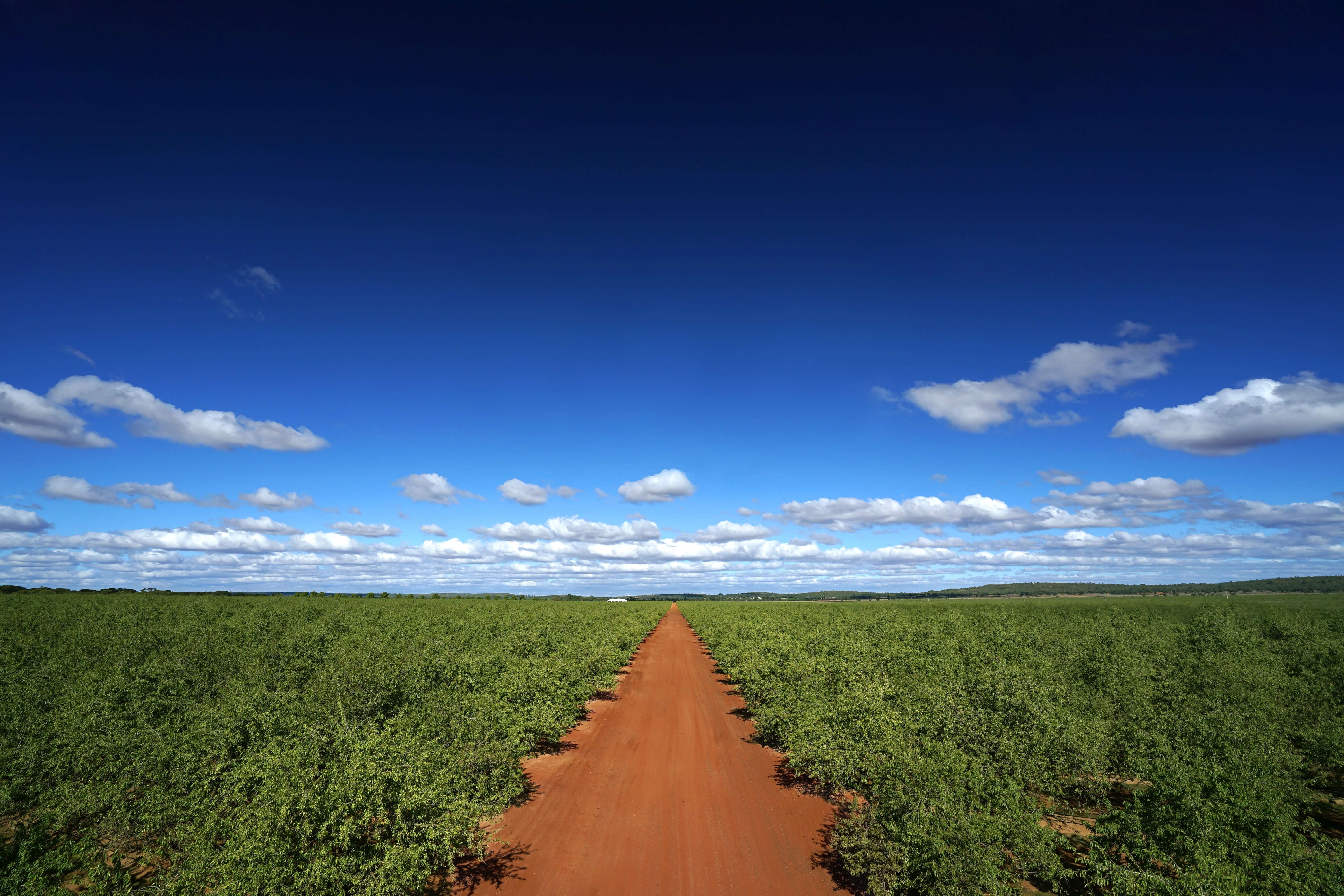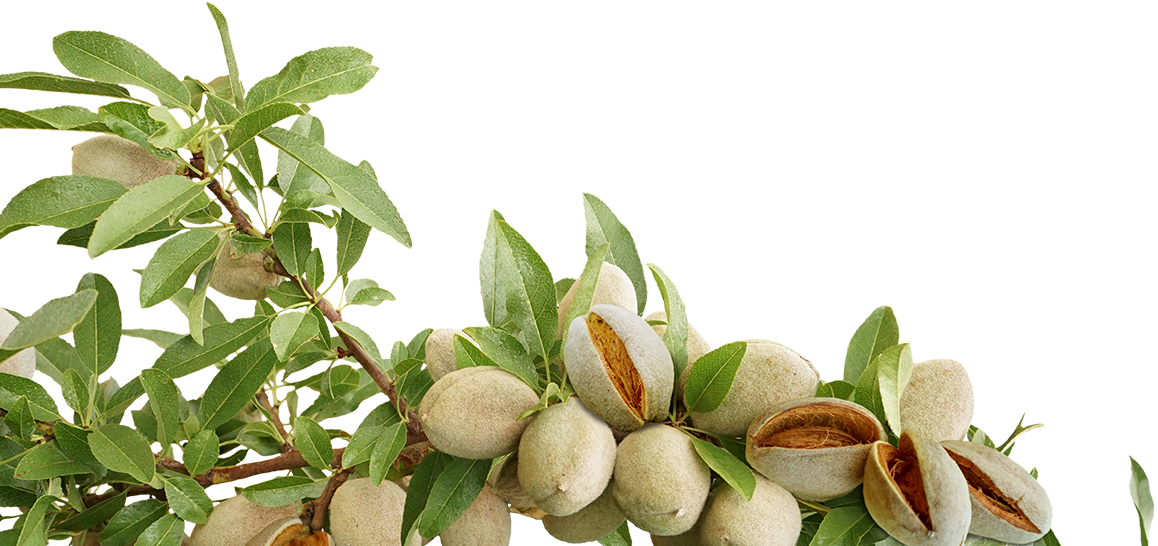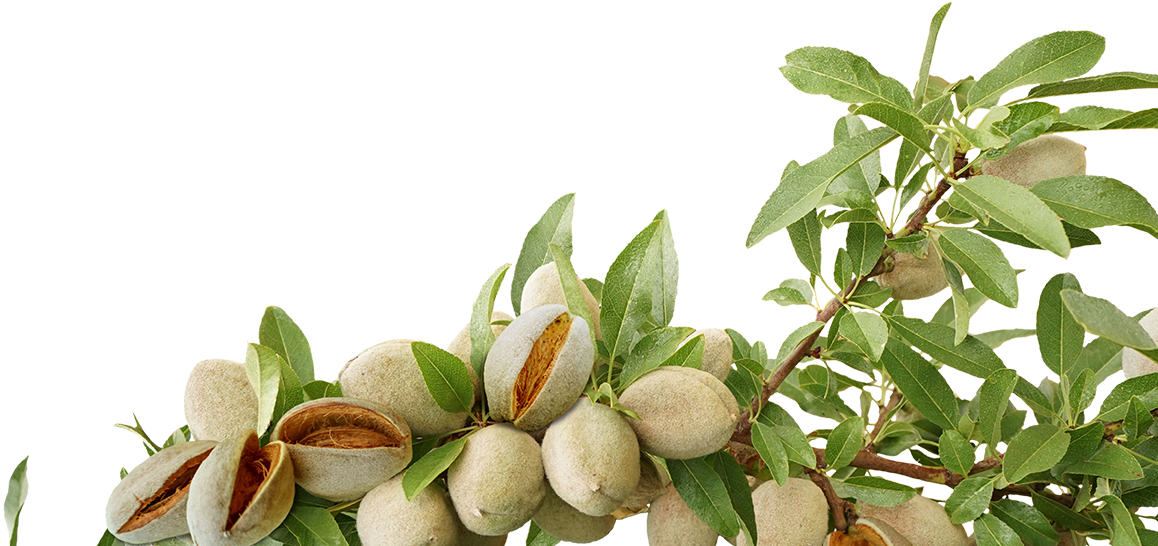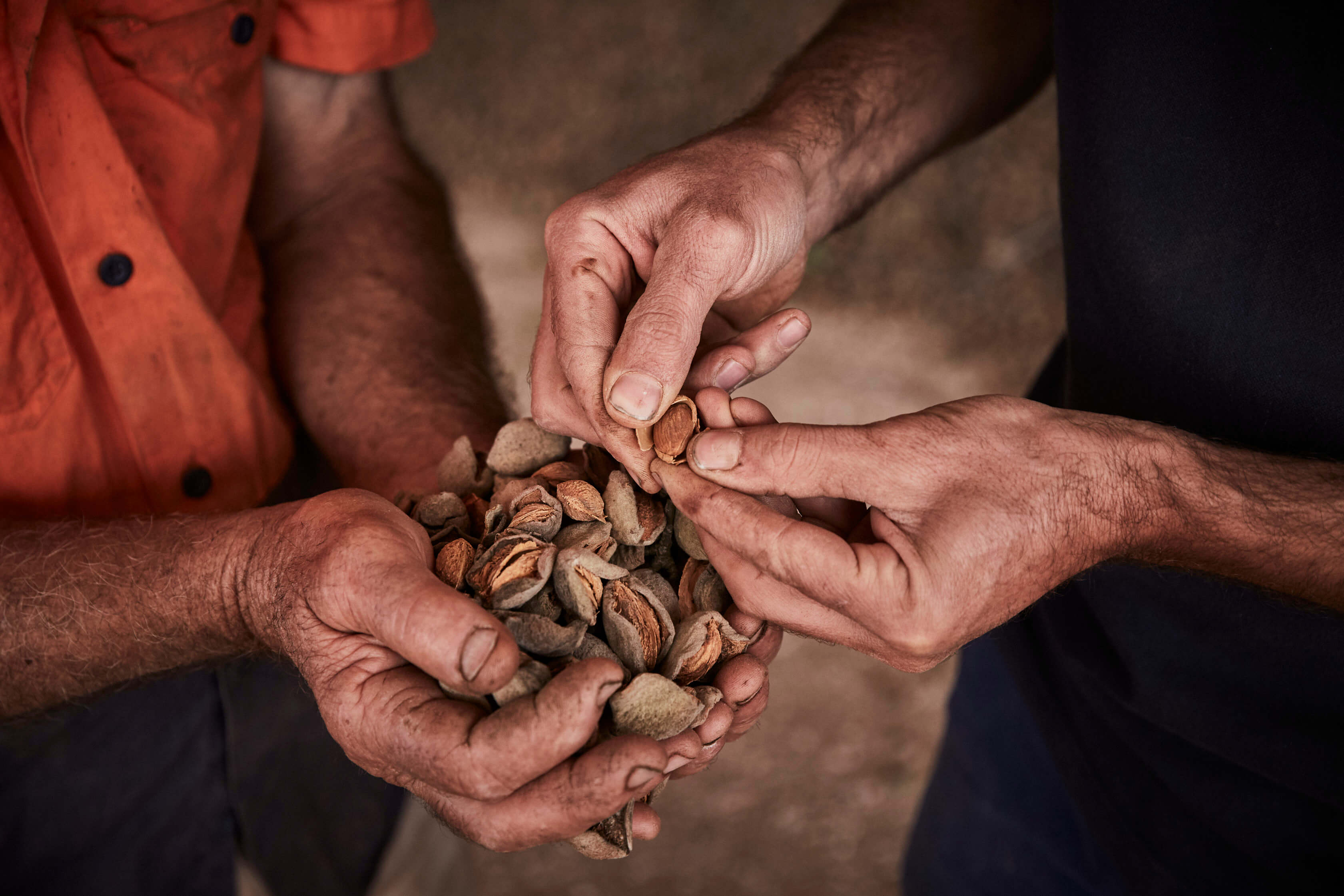
The lifecycle of our almonds keeps our master almond growers busy all year-round.
We’re proud to grow this super nut packed with vitamins, minerals, antioxidants and phytochemicals that are beneficial to your health.
Almonds are an excellent
source of vitamin E, a rich source of
healthy fats, predominantly monounsaturated fat, as well as a source of plant protein and
calcium.
Regularly eating nuts has been shown to contribute to heart health, reduce overall mortality and
the
risk of developing type 2 diabetes, assist with weight management, reduce the risk of cancer,
improve sperm quality, reduce depression and overall promote good health.
They have also been found to improve blood cholesterol, reduce oxidative stress, prevent the
oxidation of cholesterol, have anti-inflammatory effects and gut health benefits.

Dormancy
Almond trees are dormant over the cooler winter period from May to August. This is when they like to sleep and rejuvenate in preparation for the upcoming crop.
Blossom
Blossom occurs at Mandolé Orchard from late August to early September and it is truly
spectacular.
This is also when our bees get busy. They cross-pollinate between a number of varieties of
almond trees planted on our orchard, bringing life to the almond bud.

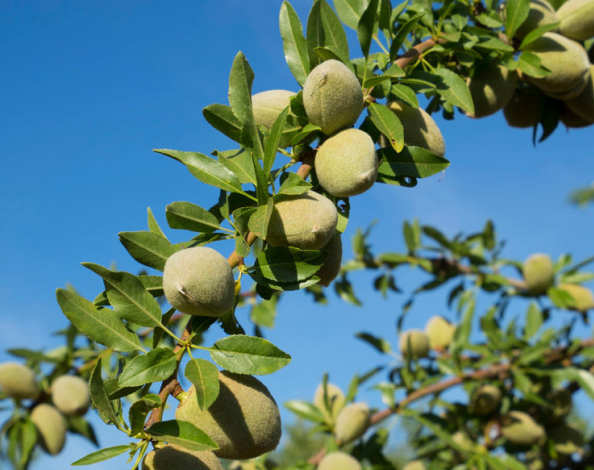
Maturing Crop
Soon after blossom, petal fall occurs with the flowers allowing new shoots and fruit to grow rapidly. During this period from September to December, the outside hull and the protected almond kernel mature and harden simultaneously.
Hull Split
As the nut matures during summer, the hull begins to split from early January allowing the kernel to harden and dry naturally in preparation for harvest.
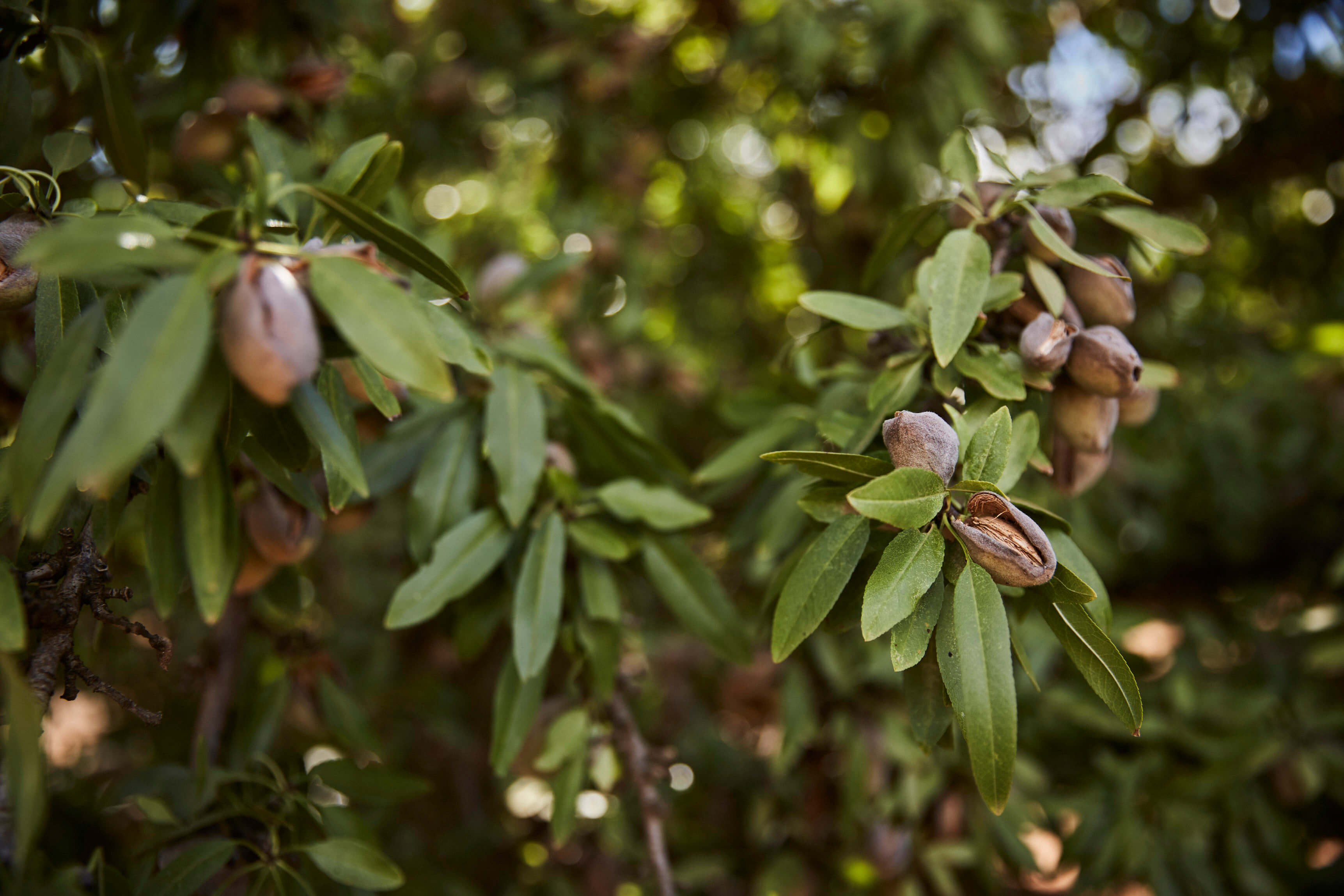
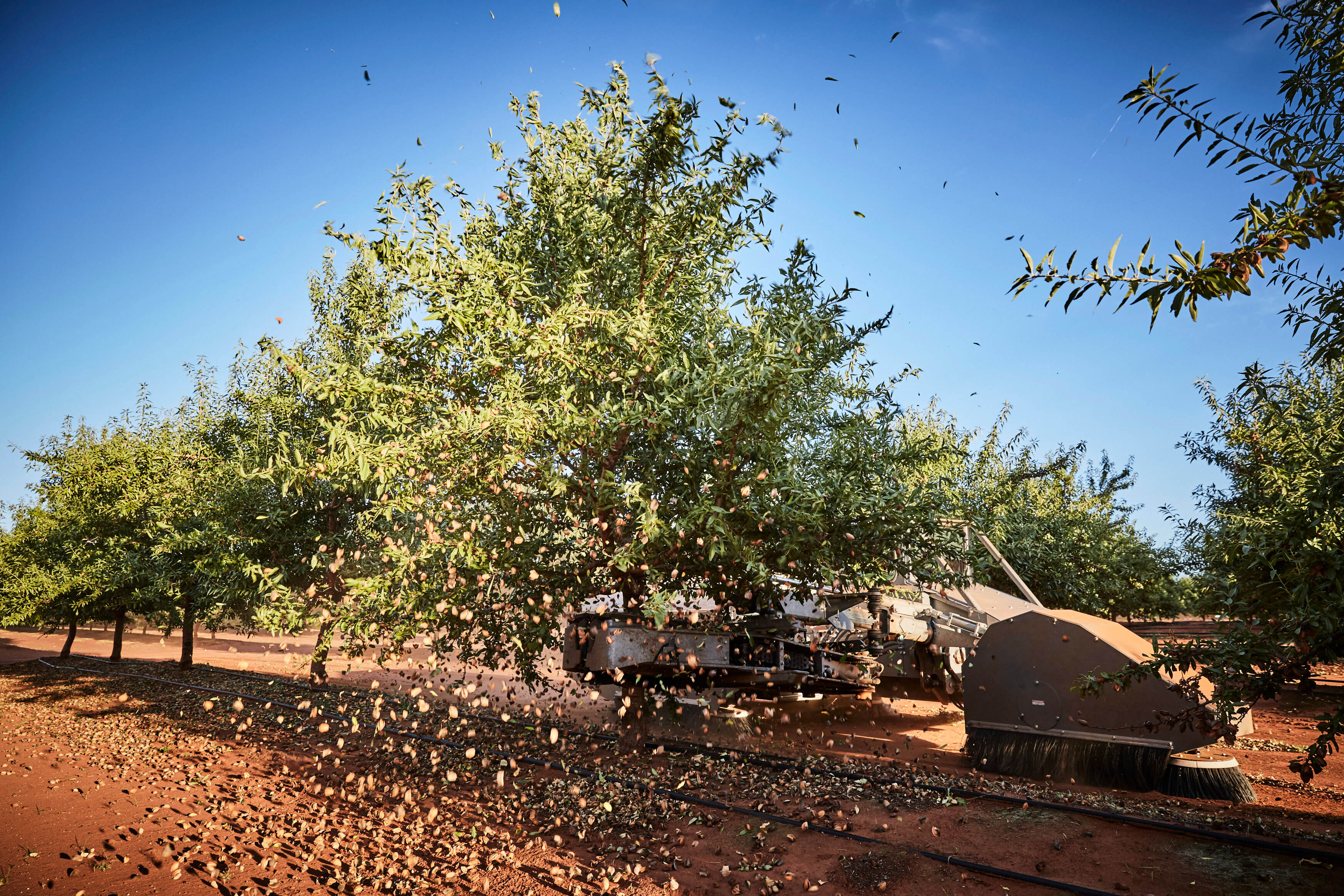
Harvest
Harvest occurs in February and March and requires specialised equipment to shake the trees to help the fruit fall to the orchard floor. The almonds are then swept into rows and collected for storage.
